ID needed for philodendrons
brpinson
16 years ago
Related Stories
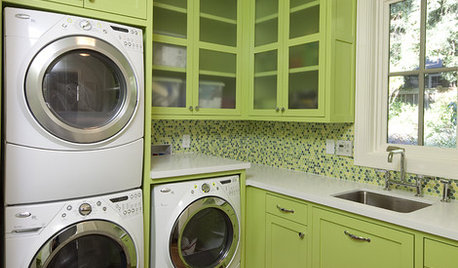
MORE ROOMSRooms I'd Like to See Wrapped Up as Gifts for the Holidays!
What Room Do You Have on Your Gift List This Year?
Full Story
HOUSEKEEPINGWhen You Need Real Housekeeping Help
Which is scarier, Lifetime's 'Devious Maids' show or that area behind the toilet? If the toilet wins, you'll need these tips
Full Story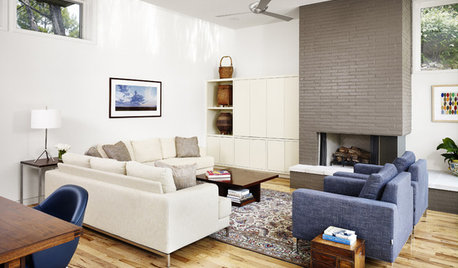
DECORATING GUIDESWhat You Need to Know Before Painting Brick
Sure, painted brick can be a great look. But you need to take some risks into account. Here's how to paint brick like a pro
Full Story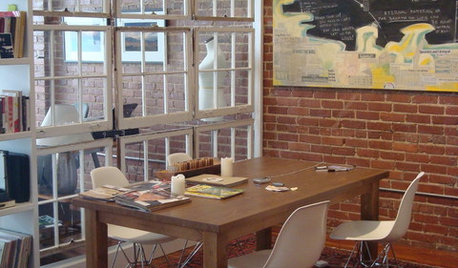
REMODELING GUIDESGet What You Need From the House You Have
6 ways to rethink your house and get that extra living space you need now
Full Story
KITCHEN APPLIANCESLove to Cook? You Need a Fan. Find the Right Kind for You
Don't send budget dollars up in smoke when you need new kitchen ventilation. Here are 9 top types to consider
Full Story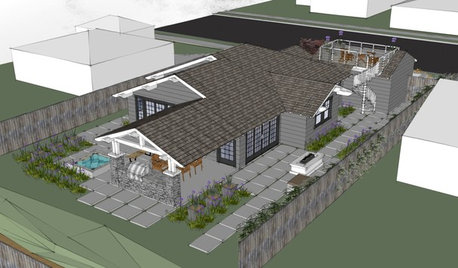
WORKING WITH AN ARCHITECTWho Needs 3D Design? 5 Reasons You Do
Whether you're remodeling or building new, 3D renderings can help you save money and get exactly what you want on your home project
Full Story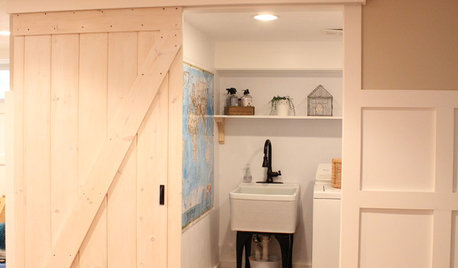
DIY PROJECTSMake Your Own Barn-Style Door — in Any Size You Need
Low ceilings or odd-size doorways are no problem when you fashion a barn door from exterior siding and a closet track
Full Story
FUN HOUZZ14 Things You Need to Start Doing Now for Your Spouse’s Sake
You have no idea how annoying your habits at home can be. We’re here to tell you
Full Story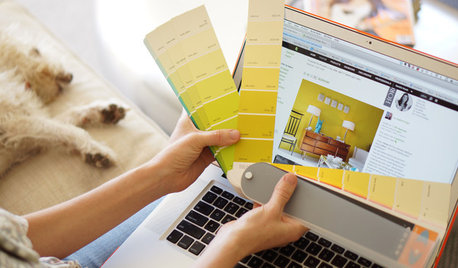
WORKING WITH PROSWorking With Pros: When You Just Need a Little Design Guidance
Save money with a design consultation for the big picture or specific details
Full Story





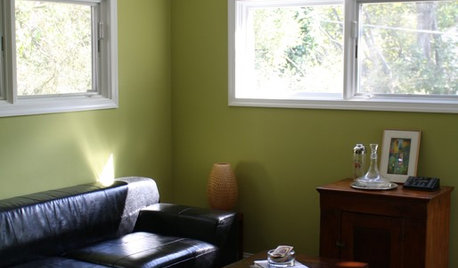
Martina DeLuca
brpinsonOriginal Author
Related Professionals
Bridgetown Landscape Architects & Landscape Designers · Waunakee Landscape Architects & Landscape Designers · Buford Landscape Contractors · Chesapeake Ranch Estates Landscape Contractors · Duarte Landscape Contractors · El Sobrante Landscape Contractors · Lantana Landscape Contractors · Lemont Landscape Contractors · Point Pleasant Landscape Contractors · Southbury Landscape Contractors · Weslaco Landscape Contractors · Hueytown Landscape Contractors · Avon Lake General Contractors · Melville General Contractors · Vincennes General ContractorsbrpinsonOriginal Author
Martina DeLuca
aroideana
aroideana
bihai
exoticrainforest
bihai